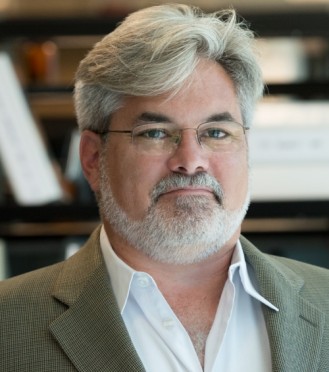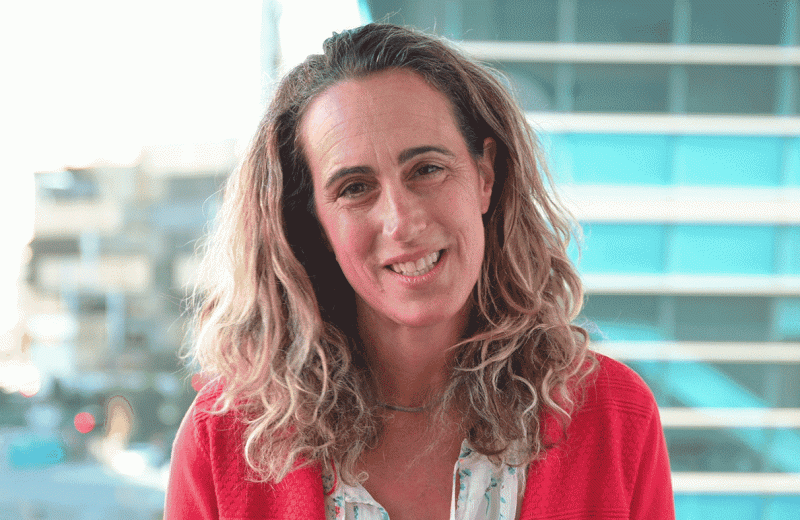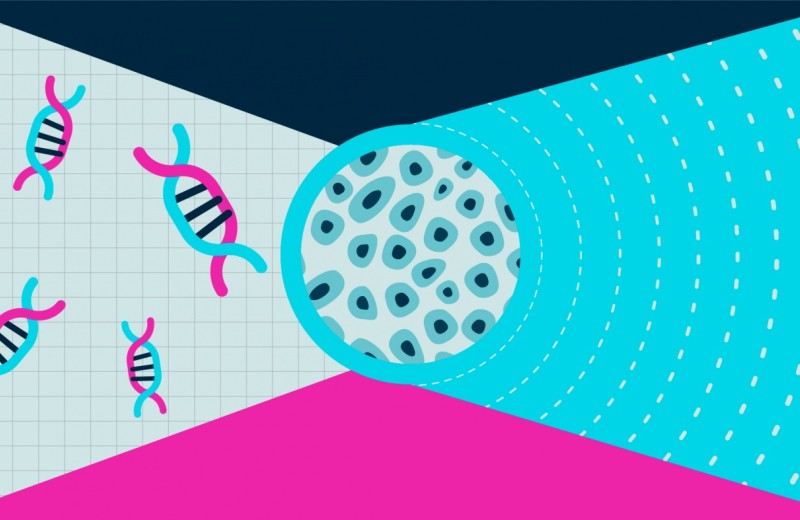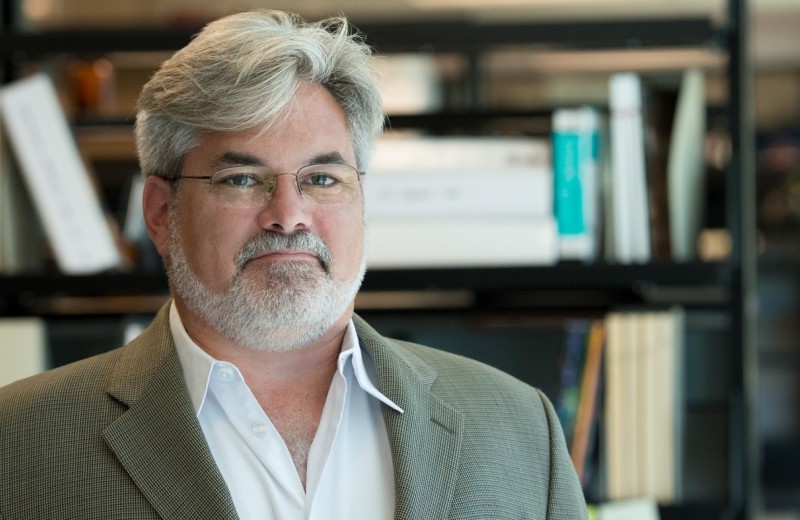Gladstone NOW: The Campaign Join Us on the Journey✕

Steven Finkbeiner, MD, PhD, was selected for extended federal funding based on his outstanding approach to better understand the root cause of Huntington's disease.
Steven Finkbeiner, MD, PhD, a director at Gladstone, received a Javits Neuroscience Investigator Award from the National Institute of Neurological Disorders and Stroke (NINDS). The award, which is given to “investigators with a history of exceptional talent, imagination, and preeminent scientific achievement,” will support a project aimed at finding better treatments for Huntington’s disease.
“We are very honored by the award and also excited that we now have the extended support that we will need to bring it to fruition.” said Finkbeiner, who is also a professor of neurology and physiology at the University of California, San Francisco.
The award, named for the late US Senator Jacob Javits, who suffered from ALS, is a distinguished honor. Scientists are selected through a rigorous nomination process. To be eligible for a Javits, an investigator must submit an application that NIH peer reviewers consider outstanding. From this pool, NINDS leadership selects scientists who meet the additional criteria of the Javits award. These investigators must have made substantial contributions at the “cutting edge” of neurological science, have a history of leadership in the field, continue to be highly productive, and have a record of service to the NINDS. Finally, the nominations are considered by the National Advisory Neurological Disorders and Stroke Council and ultimately approved by the NINDS Director. Selected proposals receive stable funding for up to 7 years, which is critical to push forward ambitious scientific ideas.
The awarded grant will focus on the cause of Huntington’s disease, an expansion of a three-letter DNA sequence (CAG) that codes for the amino acid glutamine in the protein huntingtin. If that expansion is greater than about 40 glutamines, Huntington’s disease ensues. In general, the longer the expansion, the earlier symptoms appear. However, interestingly, not all of the risk of developing Huntington’s disease can be attributed to the CAG expansion.
“Some family members with the same number of repeats experience the onset of symptoms at different ages,” shared Julia Kaye, PhD, a staff research scientist at Gladstone who will help lead the scientific efforts. “Other genetic modifiers must be involved.”
Those modifiers are what Finkbeiner and Kaye aim to find with their highly innovative strategy that attracted the NINDS. The first part of their strategy is to sequence the entire genome of Huntington’s patients who have varying lengths of CAG expansions, as well as their unaffected family members. They will then compare those sequences to look for differences that might point to genetic modifiers.
Of course, just finding the modifiers is not enough. They must show that they are actually part of the disease process. That is the second part of their strategy.
“We believe that a genetic modifier must have a functional link to the disease process. If a modifier is associated with a clinical phenotype, we need to confirm that association,” said Kaye. “Unfortunately, nonhuman animal models have not always been reliable to test these links, and we cannot ethically do those experiments in people. However, we can rely on human iPS cells for this purpose.”
iPS cells, or induced pluripotent stem cells, can be generated from a person’s skin cells. The team has already created or obtained iPS cells from patients with varying lengths of CAG expansion and from their unaffected family members. These cells are particularly valuable, because they contain all of the DNA and genetic features that contribute to Huntington’s disease in the patient. Those cells can be reprogrammed into, or directed to become, the type of brain cells most affected in Huntington’s disease. Finkbeiner’s team has already characterized a number of these cell lines for differences between people with the disease and their unaffected family members. Based on those differences, Kaye and Finkbeiner developed tests that can be used in their search for genetic modifiers.
“We created a pipeline to identify genetic modifiers and test them in patient-derived iPS cells, which may explain biological mechanisms underlying the differences in age of onset of Huntington’s disease,” said Kaye. “This project could lead to new therapeutic targets and more effective and safer drugs for the disease.”
Want to Join the Team?
Our people are our most important asset. We offer a wide array of career opportunities both in our administrative offices and in our labs.
Explore CareersMeet Gladstone: Julia Kaye
Meet Gladstone: Julia Kaye
Julia Kaye is a neuroscientist at Gladstone Institutes dedicated to unraveling the mysteries of neurodegenerative diseases. Outside the lab, Kaye enjoys skateboarding, surfing, and exploring nature with her family.
Profile ALS Huntington’s Disease Multiple Sclerosis Neurological Disease KayeConnecting the Dots: From Stem Cells to Human Health
Connecting the Dots: From Stem Cells to Human Health
Since Shinya Yamanaka discovered a method to create human induced pluripotent stem (iPS) cells, Gladstone researchers have built on this technology to create numerous iPS cell lines, coax iPS cells into a myriad of tissue types, use them as a tool to study disease, and even begin creating therapies using these cells.
Research (Publication) Stem Cell Core Alzheimer’s Disease Huntington’s Disease Finkbeiner Lab Huang Lab McDevitt Lab Srivastava Lab Yamanaka Lab CRISPR/Gene EditingTaube Philanthropies Announces $3 Million Gift to Stanford Medicine and Gladstone Institutes for Huntington’s Disease Research
Taube Philanthropies Announces $3 Million Gift to Stanford Medicine and Gladstone Institutes for Huntington’s Disease Research
The funded program will, for the first time, introduce gene editing and stem cell therapies in the search for a potential cure
Huntington’s Disease Finkbeiner Lab




